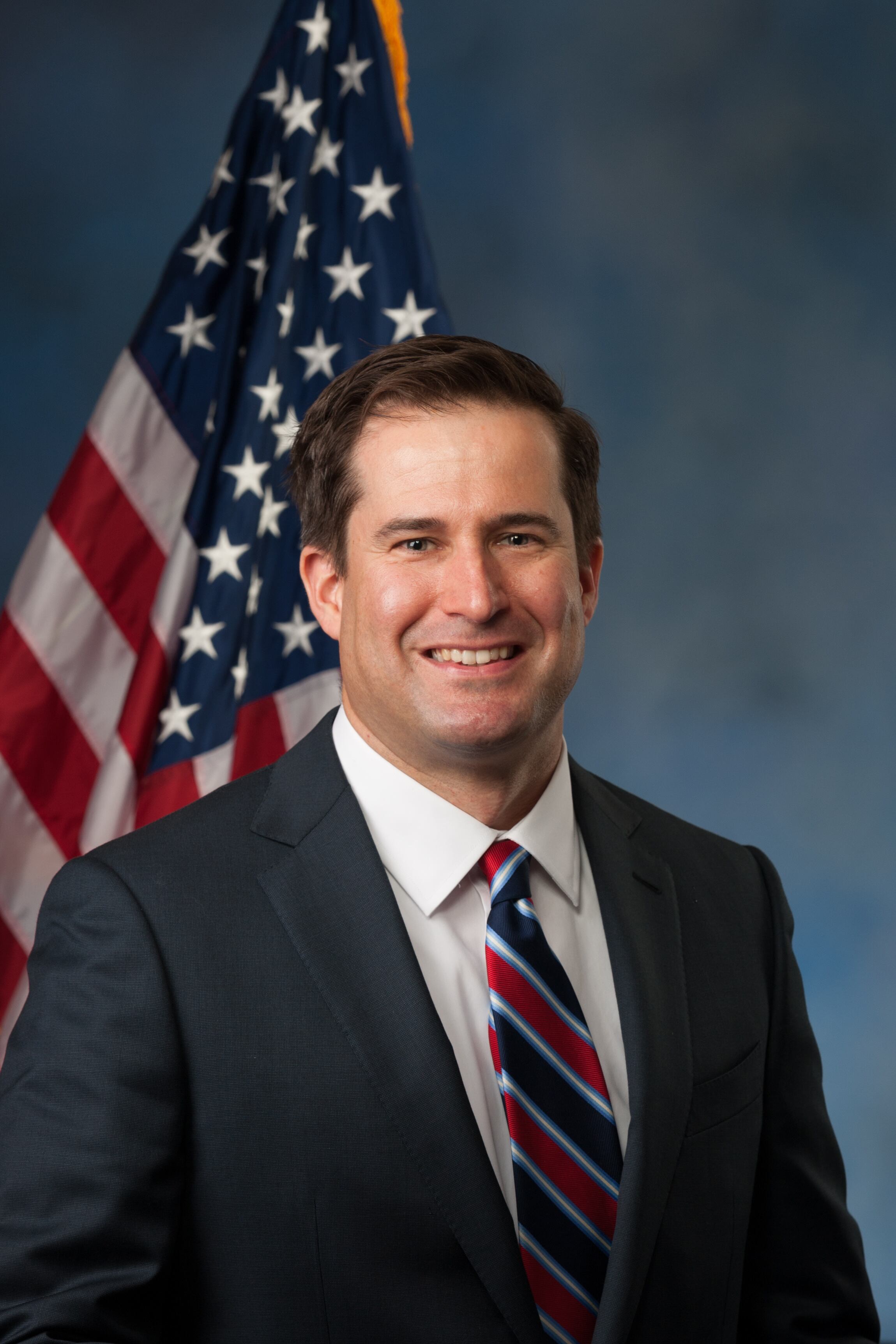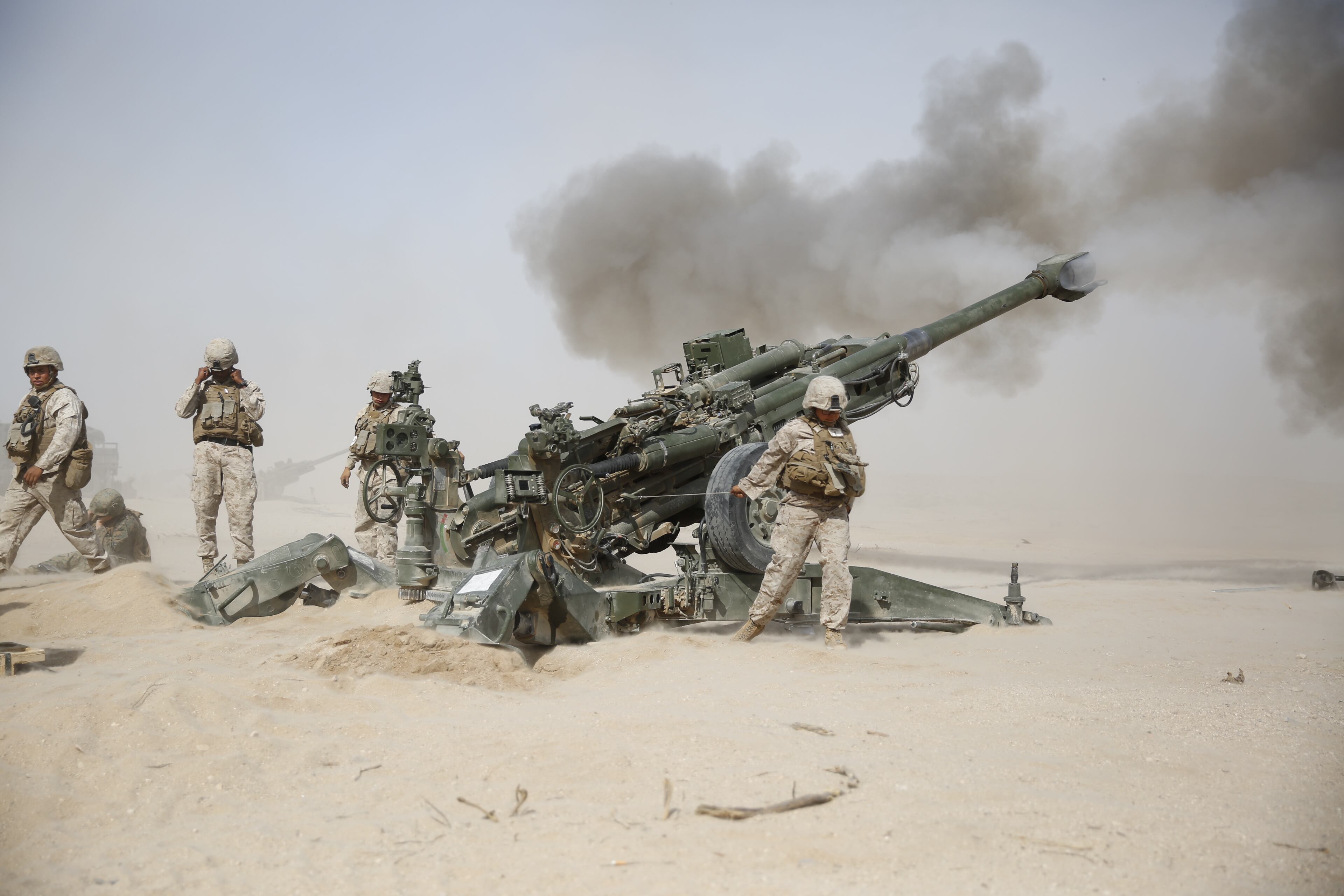A veteran Marine infantry officer in Congress turned congressman has called for the Defense Department of Defense to fully release the Marine Corps' full 900-page report on its months-long controversial study on integrating women into ground combat jobs.
Rep. Seth Moulton, D-Mass., asked Defense Secretary Ash Carter in a recent letter to make the full 900-page report available for public and cCongressional review ahead of a Jan. uary 1 deadline to open all military occupations to women.

Rep. Seth Moulton, D-Mass., served as a Marine infantry officer in Iraq. Moulton wrote a letter to Defense Secretary Ash Carter requesting that the full report on the Marine Corps' gender integration study be released to the public.
Photo Credit: U.S. House Office of Photography
At issue is whether the Marine Corps' request to keep certain jobs in , based on the results of the study, will seek exemption for its combat arms fields closed to women will be granted. Gen. Joseph Dunford reportedly requested exemptions to the gender integration mandate last month while still commandant of the Marine Corps. Dunford is now the chairman of the Joint Chiefs of Staff. – such as infantry, recon and artillery – if it fears a loss of combat effectiveness.
A leaked, 33-page internal assessment of the study obtained by Marine Corps Times and first reported on by the San Diego Union Tribune asserts that opening infantry and special operations jobs to women won't come without risk, even with new gender-neutral standards in place for many of the military occupational specialties. The Aug.ust 18 report was prepared for the commandant of the Marine Corps by Force Innovation Office director Brig. Gen. George Smith, director of the Corps' Force Innovation Office,
"... Some level of risk will remain in the infantry and special operator MOSs that I do not believe can be fully mitigated by simply applying a minimum standard," he wrote. "That risk is associated with the unique physical demands of service in the infantry, reconnaissance and special operations occupations that place a premium on the ability to conduct dismounted movements under load."
less lean
"The physiological differences in body fat between males and females — body fat being synonymous with 'dead weight' … places females at a significant disadvantage from the start in infantry-related tasks," Smith wrote said in the report.
Any The decision to keep women out of such jobs, Moulton told Marine Corps Times, must be made with full transparency of all the facts.
"This is an incredibly important issue that involves the lives of young Americans on our front lines," he Moulton said. "I want to see us make a serious, thoughtful decision based on the available data about combat effectiveness."
As the Joint Chiefs chairman, of the JoinGen. Joseph Dunford now , chairman of the Joint Chiefs of Staff, has until the end of October to give Carter his recommendations on which combat arms specialties across the military should remain closed to women. Asking for exceptions will put the Marine Corps at odds with Carter, who on Thursday declared that excluding women who might otherwise meet standards would be "crazy," according to the Associated Press.
"You have to recruit from the American population. Half the American population is female," Carter told service members at Naval Air Station Sigonella in Sicily, Italy. "So I’d be crazy not to be, so to speak, fishing in that pond for qualified service members."
In 2013, tThe Marine Corps launched its two year, $36 million study in 2013 to determine the combat effectiveness of units with women integrated into currently closed combat arms occupational specialties. The report, entitled the Marine Corps Force Integration Plan, concluded that mixed-gender teams are simply not up to the task, according to a four-page summary released by the Corps in September.

Marines with the Ground Combat Element Integrated Task Force fire a Howitzer during an artillery assessment at Marine Corps Air Ground Combat Center Twentynine Palms, Calif., in April. Research collected during the assessments was used to evaluate the integration of female Marines into ground combat jobs.
Photo Credit: Mike Morones/Staff
The study examined the Marines' Ground Combat Element Integrated Task Force, which involved about 400 Marine volunteers — roughly 25 percent of whom were women. For nine months, teams that simulated integrated rifle, weapons, mechanized and artillery units trained to infantry standards and executed a series of skills assessments. The study involved analysis of 100 female Marines who volunteered to embed with 300 male Marines at entry-level, ground combat arms occupational schools in order to study the "unique physical and psychological demands of service in ground combat occupations and units, while also analyzing the more intangible yet all-important aspects of unit cohesion and morale," according to the summary.
Data collected during the study The task force is Ground Combat Element Integrated Task Force compared integrated teams with all-male teams as they performed a series of combat-related tasks. Researchers and found that the mixed-gender teams sustained higher injuries, were slower and less lethal.
"It is difficult to project a number of female infantry Marines that does not exceed what could be viewed as tokenism," Smith said.
The Marine Corps' study report, based on the summary released to the public, has drawn criticism by some over its questionable or unclear methodology, most notably by Navy Secretary Ray Mabus in a Sept. ember 25 opinion piece Op-Edin the Washington Post.
It’s this ambiguity over the findings which Moulton said releasing the full study would help to dispel these arguments about the research. seeks to dispel in calling for a full release of the study.
He also said the Defense Department needs to be as transparent as possible throughout this process. Any The lack of transparency by the DoD prevents the American public and Congress from weighing in on its Marine Corps’ decision on whether to open combat arms careers to women, Moulton said.
"We already know that women can serve in combat, and they've done so admirably, especially in Iraq and Afghanistan," he said. "But when it comes to putting women into units like the infantry, we should be making a decision on what is most combat effective for those units."
Moulton’s experience over four deployments to Iraq as an infantry officer has taught him that integration can be a force multiplier. During Over two of his deployments, he led gender-integrated teams. Those teams which by his account increased his tactical and situational awareness by allowing access to the fifty percent of the local Iraqi population that his men could not reach access.
"That is a clear example of where having women in my unit increased our combat effectiveness, but the study is looking at whether women in [military occupational specialties] like the infantry will increase those units' effectiveness without unnecessarily putting lives at risk," Moulton said. "We need to see the study."





